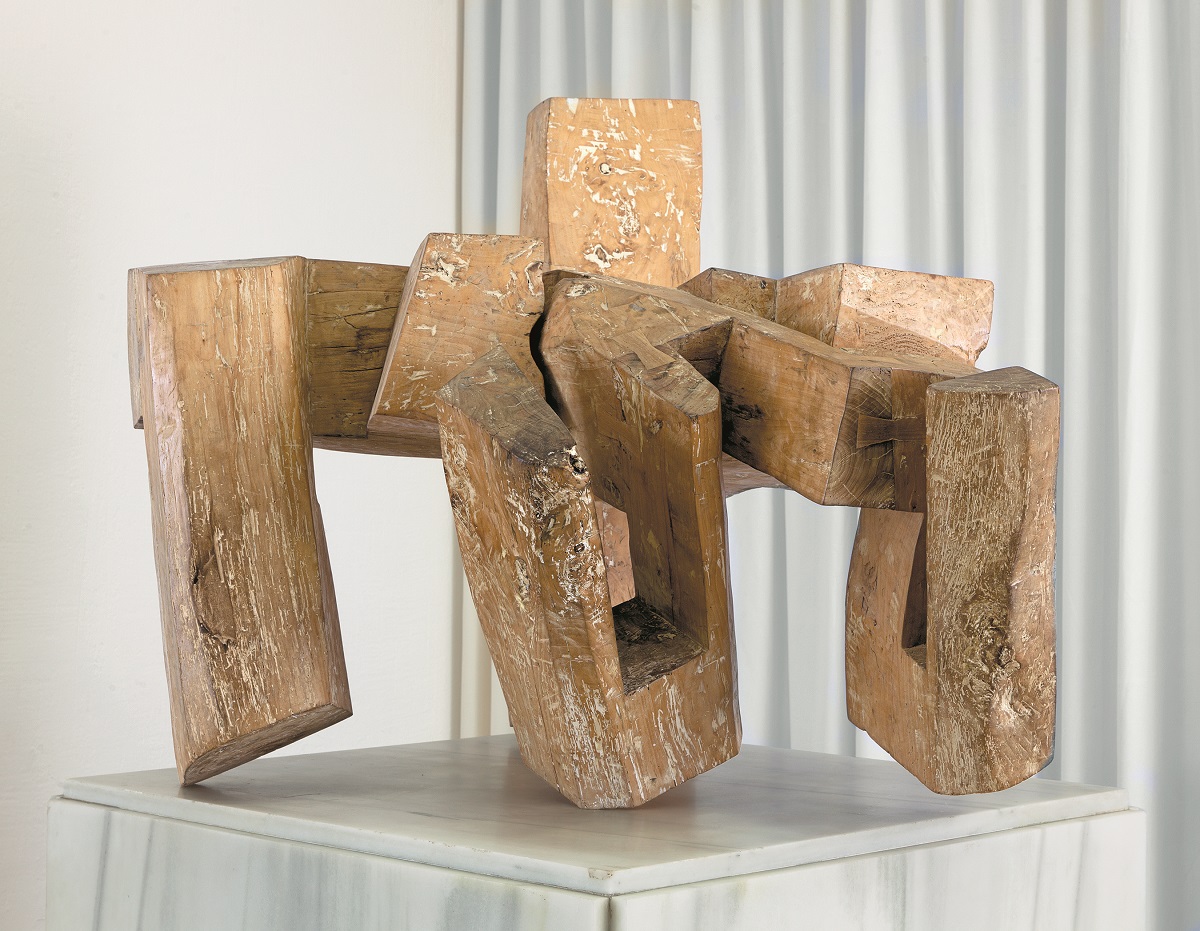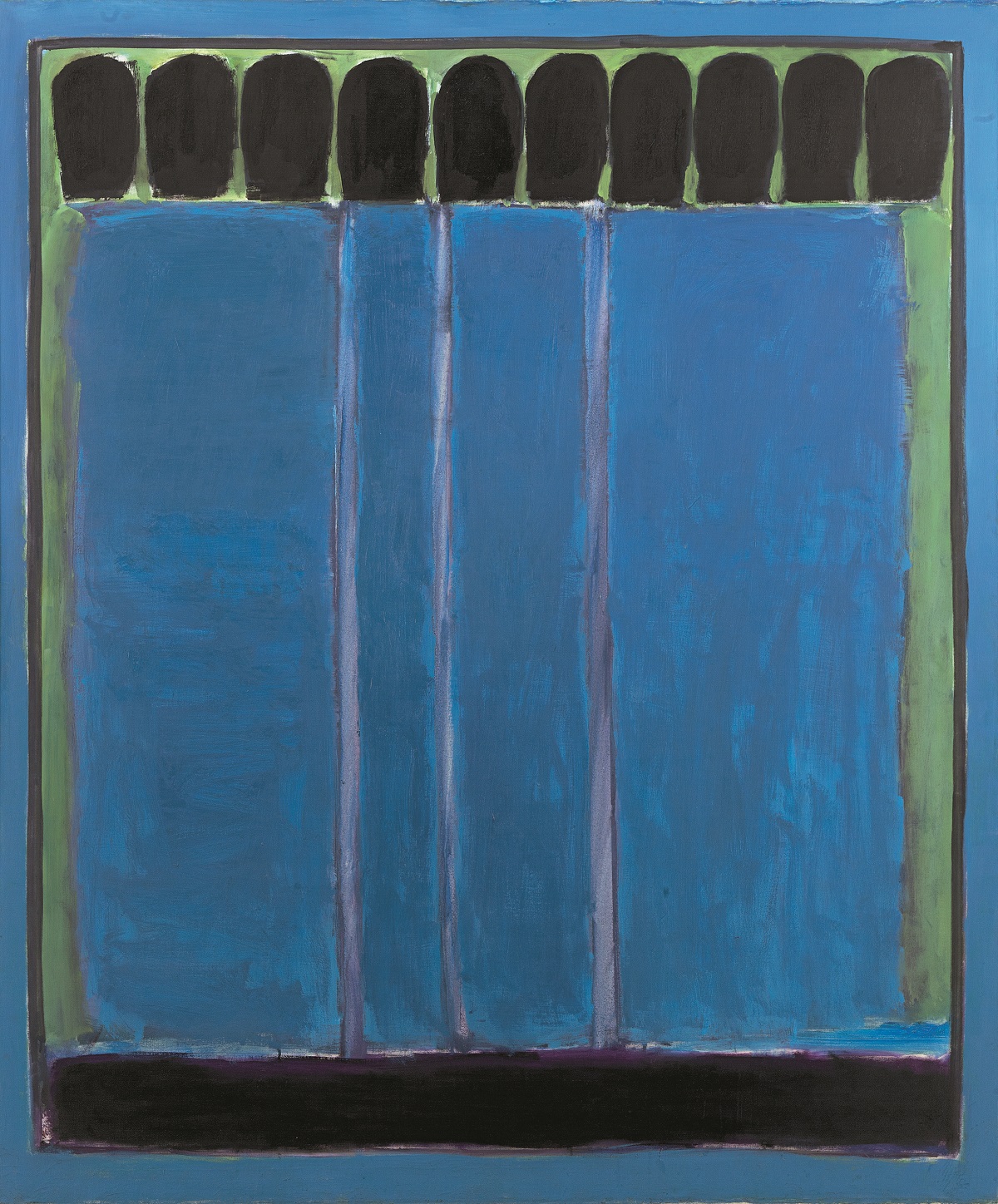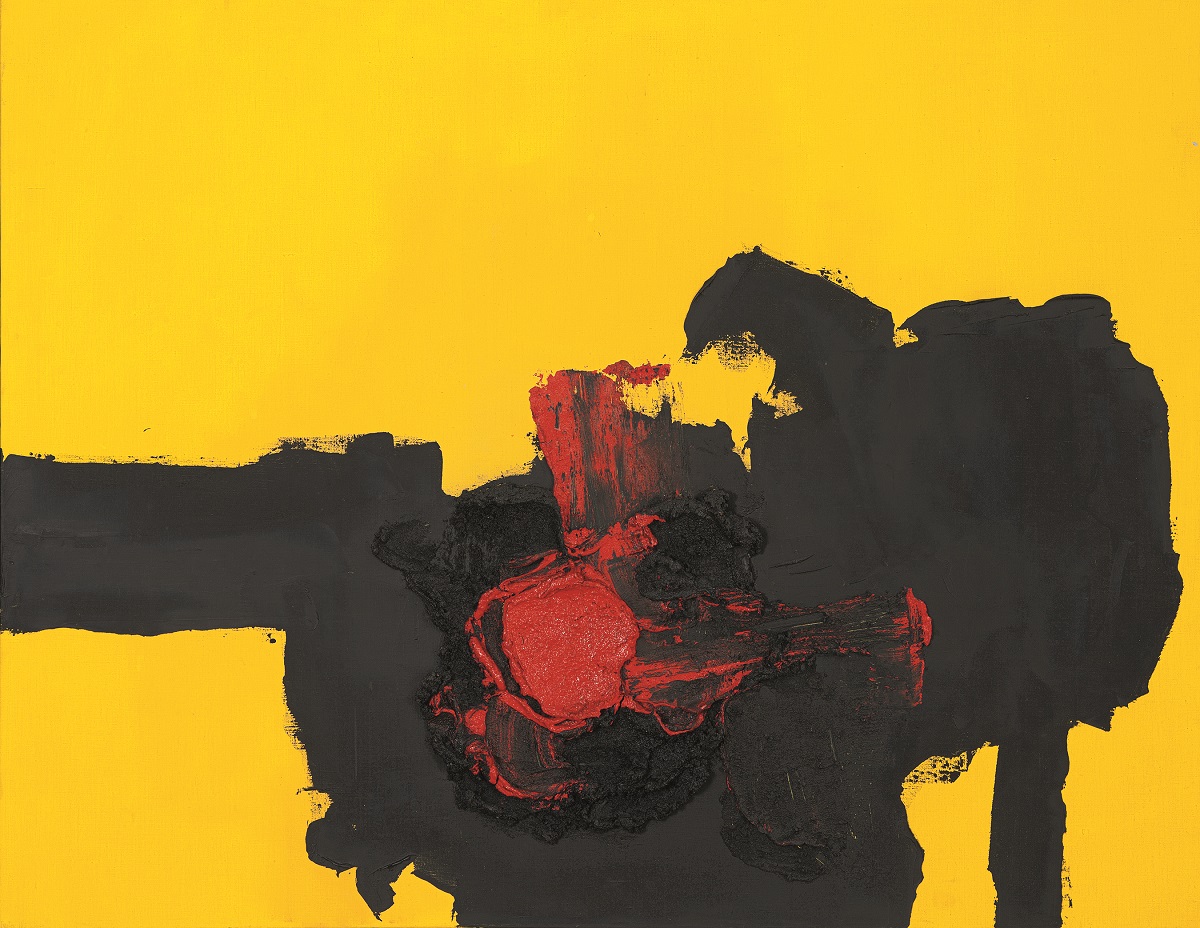In the Shadow of Dictatorship: Creating the Museum of Spanish Abstract Art
by J. Claiborne Bowdon
Francisco Franco would come to power in Spain in 1939 with the aid of Mussolini and Hitler in the Spanish Civil War, but while Mussolini and Hitler would lose their control of Europe, and their lives, at the end of the European campaign of World War II in 1945 Franco would continue to rule over Spain until 1973. The almost four decades of his dictatorship would result in a complicated and painful history that Spain still struggles with to this day. It is unsurprising that the avant garde of Spain found it difficult to create and flourish under a regime that exclusively promoted classical and traditional styles. However, the Franco government would find it politically expedient to allow them to have their work displayed around the world, including in exhibitions at the Tate, Guggenheim, and MOMA that proved revelatory for the artistic communities of their respective countries. These opportunities were vital to this new generation of artists, but the tenuous status of their work in their own country was of pressing concern to them. Most notably to artist, critic, and collector Francisco Zobel who could see that the fragments of the Spanish abstract movement, at the time and for the future, would be better served if they were brought together as a whole in a museum of their own.

The Museo de Arte Abstracto Español in Cuenca would be founded in 1966 (a little over a year after the founding of the Meadows Museum itself) by Zobel and his fellow artists and countrymen for this purpose, and over forty of the finest pieces within its collection have been brought together at the Meadows (many on display for the first time in America) for this exhibition. You’re first welcomed in with the angular open posture of the sculpture “Rough Chat IV” by Eduardo Chillida, which has greeted visitors of the Museo at its entrance since its inception. Its form and the pattern of the petrified poplar wood used to create it are an ideal primer for the works ahead. “The Spanish painting is close to the surface. It finds much of its observation in the life of matter and things, earth and walls, it uses matter to express its messages, in pigment, sand, earthy colors, and materials used in construction” reads a quote on one of the walls from the British critic Michael Shepherd. Each work offers a unique exploration of this observation- especially when one considers that the exhibition wraps around the main room of the Meadows permanent collection.

Despite the artists’ exploration of new forms of expression they very much saw themselves as an extension of Spain’s artistic heritage, and the same celestial clouds and bold textures call to each other between the rooms. One of the more unique features of the exhibit is the recreation of the Museo’s “Black Room” – a space painted entirely black with only the works that hang within receiving any light. Manuel Rivera’s “Sun Mirror”- a vermillion red mixed media piece with the artist’s signature veil of metal mesh bending outwards from its surface that here, with focused light and lack of reflection from white walls, seems to drift like vapor in the air. What’s on display throughout the exhibit, and the understanding of the circumstances it overcame, reminds us that art is not merely a pretty indulgence. Throughout history it has been the one gulp of air the drowning can draw to live and endure, and to be the fragile link that allows those that come after to comprehend its tragedy and triumph. The exhibition has been extended to July 30.
featured image:




